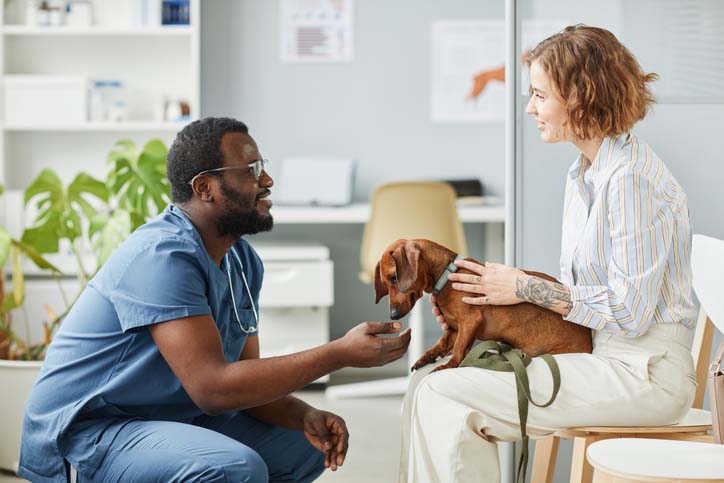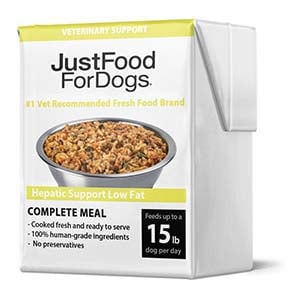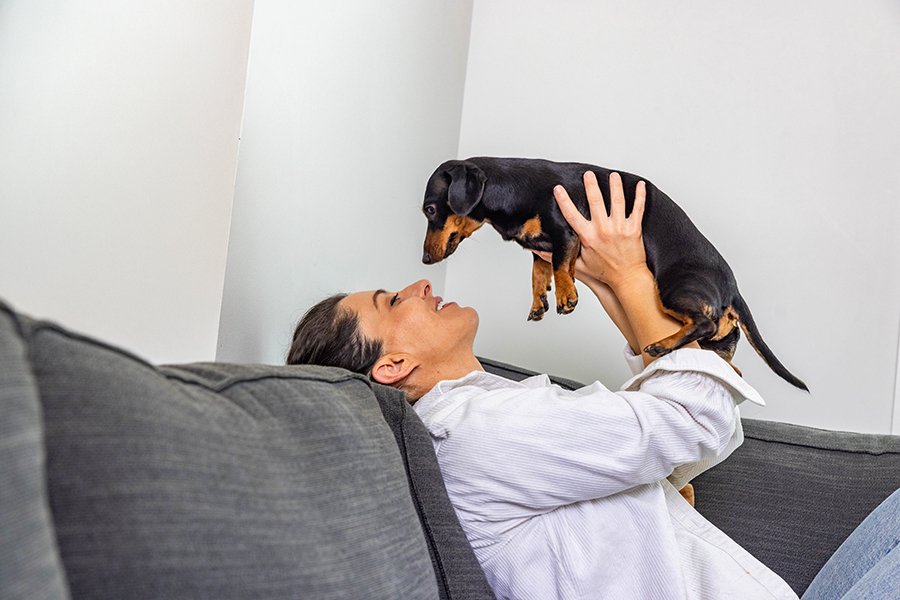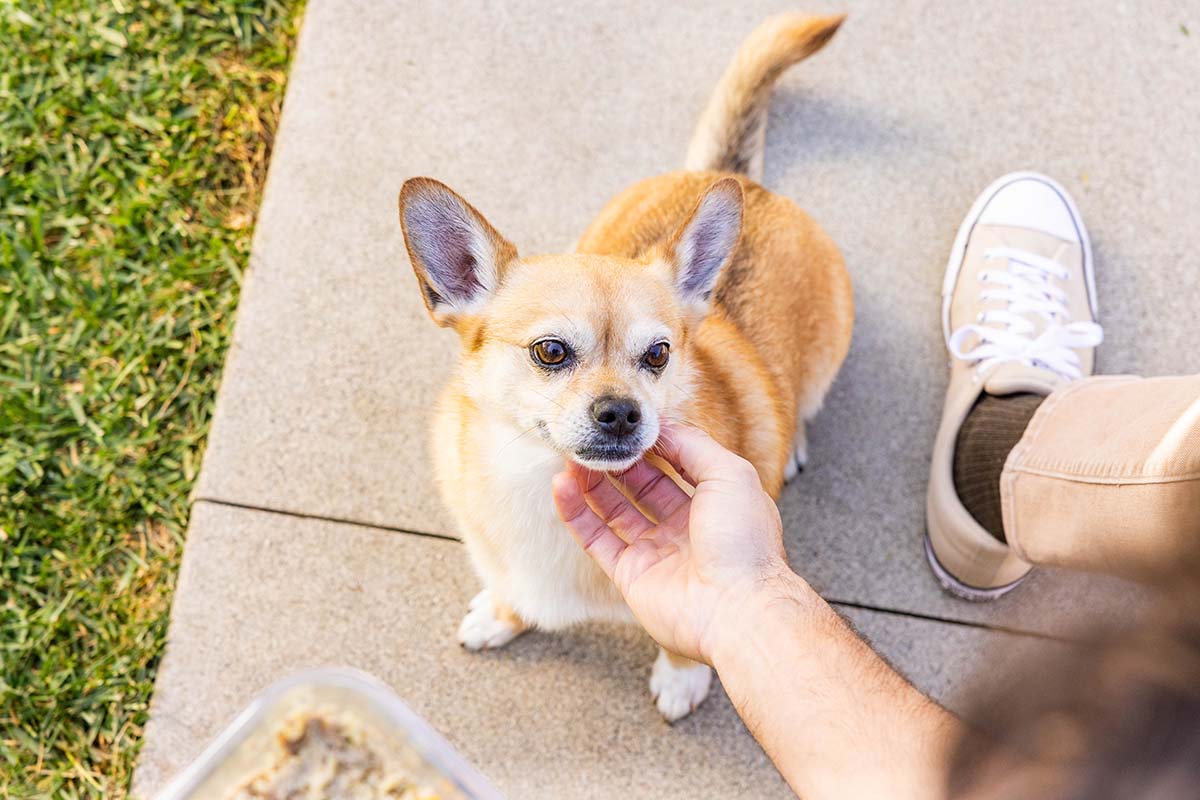Liver Shunt in Dogs
Liver shunts in dogs can be a serious medical issue. To really understand it, let’s take a closer look at what a liver shunt is, which dogs may be at greater risk, and treatment options.
Liver shunts in dogs can be a serious medical issue. Although it can happen in any dog or cat, some small and large breed dogs are more likely to develop this potentially life-threatening condition.
To really understand it, let’s take a closer look at what a liver shunt is, which dogs may be at greater risk, and the treatment options.
What Exactly Is a Liver Shunt?
The liver functions as a detoxification system. The liver, the gallbladder, and the veins and arteries feed that system. The portal vein is a large vein that collects blood from the pancreas, gastrointestinal system, and spleen and carries it to the liver. In the liver, toxins and other byproducts of different systems in the body are removed so that they can’t cause harm.
Liver shunts or portosystemic shunts in dogs occur when certain connection abnormalities form or persist between the portal vein and another vein. When that happens, the blood coming from the portal vein can effectively bypass, or shunt, around the liver so that the toxins don’t get removed.
In most cases, a liver shunt is the result of a birth defect. This is known as a congenital portosystemic shunt. This type of shunt develops when a duct that carries blood quickly through the fetal liver to the heart fails to collapse at birth.
It remains intact and open even though it is no longer needed. Another way a congenital liver shunt can develop is if a blood vessel outside of the liver develops abnormally after the duct closes.
While congenital liver shunts are the most common type of shunt, they are not the only way this happens. In some cases, liver disease, such as cirrhosis, can result in a liver shunt. These are known as acquired portosystemic shunts.
This happens when the disease causes portal hypertension; that is, the blood pressure is increased in the portal vein to the point where one or more spontaneous portosystemic shunts (SPSS) are formed. This causes the blood in the portal vein to divert, via the shunting vessel, into systemic circulation without detoxification. This is called portosystemic shunt syndrome.
Which Dogs Are at Greater Risk for Liver Shunt?

While this can happen to any dog, there are some dog breeds that are at greater risk. These include the following breeds:
- Yorkshire Terriers
- Miniature Schnauzers
- Irish Wolfhounds
- Cairn Terriers
- Maltese Terriers
- Australian Cattle Dogs
- Golden Retrievers
- Old English Sheepdogs
- Labrador Retrievers
In general, small breeds often have extrahepatic shunts, which are abnormal blood vessels formed outside of the liver. Large breed dogs tend to show intrahepatic shunts, which are blood vessels formed inside the liver. Extrahepatic shunts are less problematic to repair surgically since it doesn’t involve needing to go into the liver itself.
There are multiple genes involved in the inheritance of portosystemic shunts, which means that preventing them through selective breeding will take time and more research. In the meantime, vets recommend that people who have pets diagnosed with liver shunts avoid breeding them so that they don’t perpetuate the problem.
What are the Clinical Signs of a Portosystemic Shunt?
There are a number of signs your dog may have a liver shunt. These include symptoms associated with poor physical development, such as stunted growth and poor muscle development, as well as certain behavioral changes.
Behavioral symptoms of portosystemic shunt include:
- disorientation
- staring into space
- circling or head pressing
- seizures
These neurological signs are known as hepatic encephalopathy and can be quite dramatic. Less commonly, your dog may drink or urinate too much, and he may also vomit and have diarrhea.
Additionally, if your dog has a liver shunt and has some kind of surgery, he may take longer to recover from anesthesia than a healthy dog would. You might also notice that the behavioral clinical signs of liver shunt occur after eating meals that are high in protein.
Finally, some dogs don’t show symptoms until they are older. They might then develop urinary problems that include bladder infections, kidney infections, and bladder or kidney stones.
How Does Your Veterinarian Diagnose Liver Shunt?
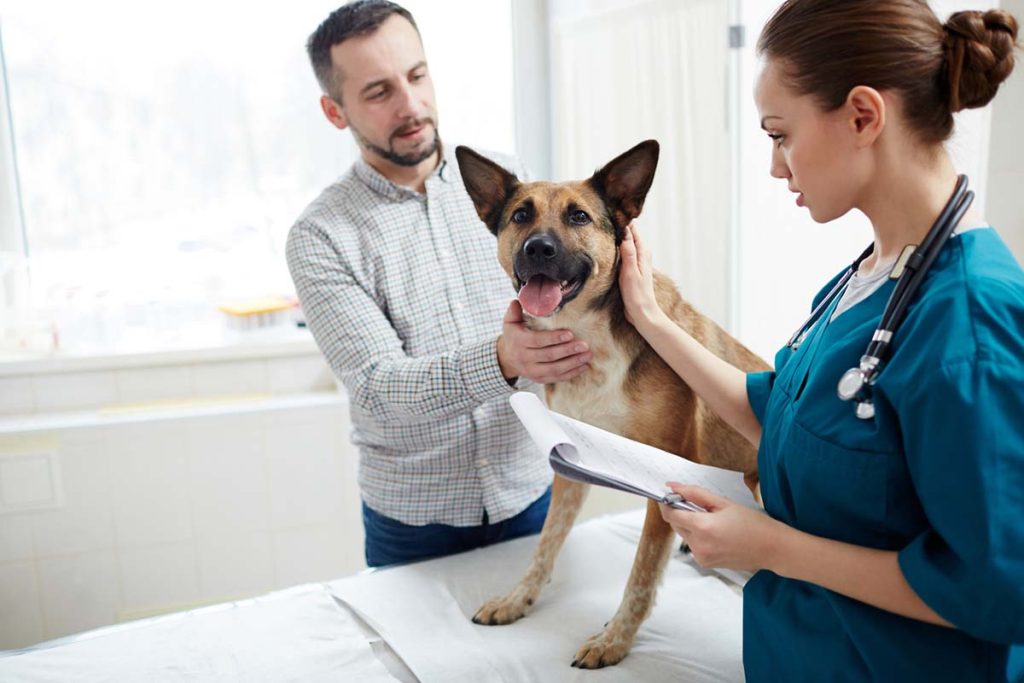
Your DVM will use both your dog’s medical history and the clinical signs to make a diagnosis. They will also order certain diagnostic tests to ensure that a shunt is the cause of your dog’s symptoms.
They may, for example, order a complete blood count (CBC) and blood work that include liver function tests. Often these reveal a mild case of anemia, red blood cells that are smaller than normal, low blood urea nitrogen (BUN), low albumin (liver protein), and increases in certain liver enzymes.
Another test your veterinarian is likely to order is a urinalysis. When your dog has a shunt, the urine may be dilute and show evidence of an infection. Often, the urine contains crystals known as ammonium biurate crystals.
Another common test your vet will use is a bile acid test. The liver produces bile acids to help to break down and absorb fats in the intestines. After doing so, they usually reabsorb into the liver via the portal system. With a shunt, the liver cannot remove and reuse these bile acids.
For that reason, most dogs that have this kind of problem show an elevation of bile acids. Sometimes, however, they may only be mildly elevated, or your dog might seem relatively normal even with abnormal test results. In that case, your vet may want to repeat the test in a few weeks.
Other diagnostic tests commonly used for this problem include an ultrasound with Doppler flow analysis, a CT scan or nuclear scintigraphy for measuring blood flow through the liver, an X-ray that can show the blood vessels supplying or bypassing the liver, and an MRI.
In some cases, your veterinarian may want to do exploratory abdominal surgery to directly visualize the problem. This is called a laparotomy.
Liver Shunt Treatment
Treatment for dogs with portosystemic shunts usually involves special low-protein diets and medications to stabilize their condition. The idea is to reduce the amount of toxins removed from the systemic circulation by the liver.
If your dog is severely ill, he might need intravenous fluids to help stabilize his blood sugar, an enema to remove intestinal toxins before they are absorbed into his system, and medications to stop neurological symptoms like seizures.
While he is being stabilized and in the event that he is not a good candidate for surgery, the medical treatment of this condition includes a change of diet to reduce the amount of protein he gets. Your vet will also likely recommend that you feed him only highly digestible proteins.
Medical & Dietary Management
Furthermore, vets recommend feeding him a low-fat diet that carefully controls the levels of phosphorous and copper (under your veterinarian’s supervision). JustFoodForDogs has a specially formulated hepatic support formula for just this kind of problem.
Another dietary additive your veterinarian will likely recommend is lactulose. This is a sugar that changes the pH in your pup’s large intestines. That will decrease the amount of ammonia and other toxins that he will absorb. In essence, it makes the intestinal environment less favorable for the bacteria that produce toxins.
Finally, the medical management of this problem also usually calls for the administration of antibiotics to alter the microbiome in your dog’s intestines. This will reduce the overall bacterial growth and the subsequent toxins those bacteria produce.
Usually, medical management works better in dogs who are older at the time they are diagnosed, have more normal blood test values, and have less severe symptoms. Only about one-third of the dogs that are treated medically go on to live a relatively long life, although most dogs will improve immediately once they receive a proper diet and the appropriate medication.
In those cases where a dog has one extrahepatic shunt, surgical correction can be performed, and these dogs usually have an excellent prognosis.
Surgical Correction for Liver Shunts
Portosystemic shunt surgery usually involves the use of a device like an ameroid constrictor that will close the shunt slowly. This is a metal band with an inner ring made of casein, a milk protein.
The inner ring absorbs the normal abdominal fluid and slowly swells. That puts pressure on the shunt, which encourages it to scar and close. This usually happens within three to four weeks after the constrictor is placed.
Other surgical options include cellophane bands that induce inflammation and have the same effect of causing the shunt to close with scar tissue. Another possibility is an intravascular occlusive, clot-inducing device that will block the blood vessel causing the shunt.
For dogs with an extrahepatic shunt, surgery is the best option. When using an ameroid constrictor, it has a survival rate of over 95%. Most dogs who receive this kind of surgical intervention are clinically normal within four to eight weeks following surgery.
Some dogs, however, will develop several more acquired shunts. This would require medical management with a protein and fat-restricted diet and lactulose for the remainder of their life.
Finally, it is important to monitor dogs following surgery for at least six to eight weeks. Your veterinarian will want to ensure their blood test values are normal again. They will also usually recommend giving lactulose after surgery.
They also will likely recommend a high-quality maintenance diet for the remainder of your dog’s life. Once the shunt closes, your dog’s liver will begin to grow to normal size and function.
Prescription Meals May Help

Nothing distresses a pet parent more than seeing their beloved best friend uncomfortable. And the kinds of symptoms that result from a portosystemic shunt can make you feel downright panicked. You have a reason to be panicked, too, since this condition can be life-threatening.
That’s why it’s important to get your dog evaluated if he shows any of the symptoms common to this condition. Additionally, once he is treated — whether medically or surgically — it will be vital to long-term survival to ensure he has a proper diet that can help manage the problem.
JustFoodForDogs works with a team of veterinarians to develop a line of vet-prescribed foods for dogs that will give them the proper nutrition he needs to ive a long and healthy life. We know how much he means to you because we think of our dogs as family too!
This content is for informational use only and does not replace professional nutrition and/or medical advice, diagnosis, or treatment. It is not a substitute for and should not be relied upon for specific nutrition and/or medical recommendations. Please talk with your veterinarian about any questions or concerns.
Bennett, Garrett M., Edward I. Bluth, Michael L. Larson, and Qingyang Luo. 2017. “Recommendations for Low-Grade Carotid Stenosis Follow-up Based on a Single-Institution Database.” Journal of Ultrasound in Medicine 37 (2): 439–45. https://doi.org/10.1002/jum.14354.
